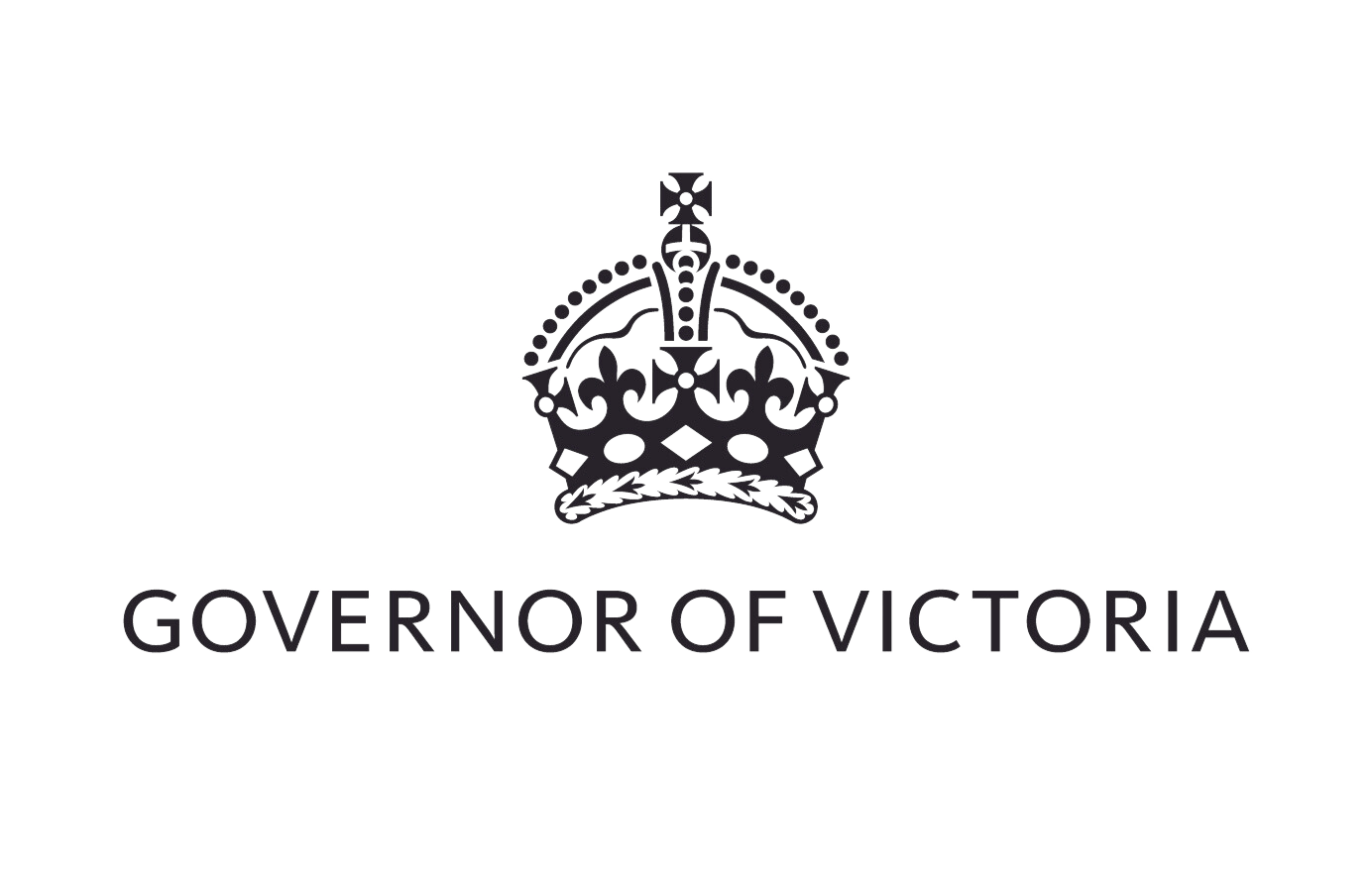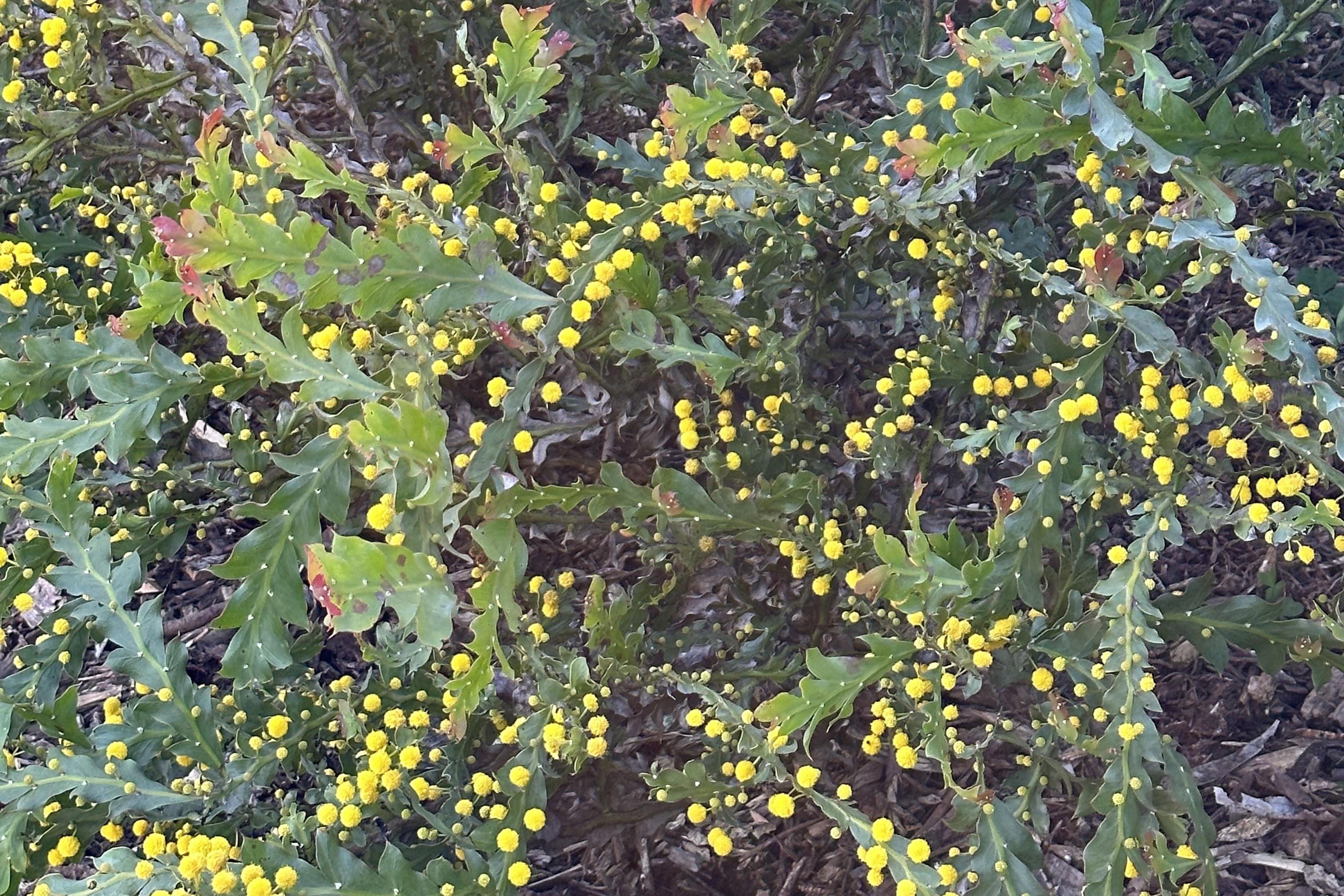Learn about the changing of seasons in the gardens of Government House.
It’s the first month of Spring, and with the changing of seasons comes changes to the gardens at Government House Victoria.
The garden features a diverse range of flora, including characteristics of sub-tropical rain forests, temperate woodlands and fern gullies.
All these plants – both natives and exotics – undertake a variety of changes with the seasons, changing the look and feel of the House at the same time.
First Nations Seasonal Calendar
The Government House site is a place of historical and cultural significance as an important meeting place for First Nations People.
Government House grounds and gardens cover the lands of both the Wurundjeri People and the Bunurong People as Traditional Owners.
The Eastern Kulin Seasonal Calendar reflects a deep understanding of the annual cycle of seasons, marked by the movements of stars in the night sky and the physical changes in the plants and animals that call Victoria home.
September marks Poorneet or tadpole season, where rising temperatures see the flowering of plants such as Dianella caerulea (flax-lily) and Microseris lanceolata (murnong or yam daisy).
Days and nights are of equal length, and you may be able to hear the piercing calls of the Pied Currawongs in the forests.
Further out in regional Victoria, the Gariwerd seasonal calendar marks this time as the beginning of Petyan, when wildflowers come into bloom and many birds lay their eggs.
For Gariwerd communities, this was a time where there were great gatherings of bands in the region.
Government House Gardens
The gardens at Government House generally conform to the original design by amateur designer John Sayce of 1873, which was then refined by William Guilfoyle, curator of the Melbourne Botanic Gardens.
They contain many fine mature trees, including conifers, Australian rainforest species and deciduous trees, which were popular in the era the House was built as well as reflecting Guilfoyle's own personal tastes.
Spring at Government House means a number of visible changes in the gardens – the blossom trees are in bloom, as are the rhododendrons and irises throughout the grounds.
The first day of September also marks National Wattle Day – the national floral emblem of Australia, which comes into bloom in Spring.
The flowers grown within the grounds at Government House are often used in floral displays within the House as part of official engagements and community events.
Kitchen Garden
The Kitchen Garden at Government House is used to grow a variety of fruits and vegetables all throughout the year.
Spring provides the opportunity to harvest vegetables such as cabbage, cauliflower and carrots. It is also the perfect to plant tomatoes, cucumbers and parsley.
Later this year, the Kitchen Garden Program will recommence, inviting women from Community Hubs in schools across Melbourne to visit Government House weekly and take part in activities together such as cooking, gardening and handicrafts.
The long-running program provides the participants with an opportunity to enjoy the company of other women in an inclusive environment and to build social connections and develop an increased sense of belonging in their community.
Members of the public can also register to attend free tours of the gardens at Government House, which are held every month. For information on how to book, visit the Government House garden tours page.

